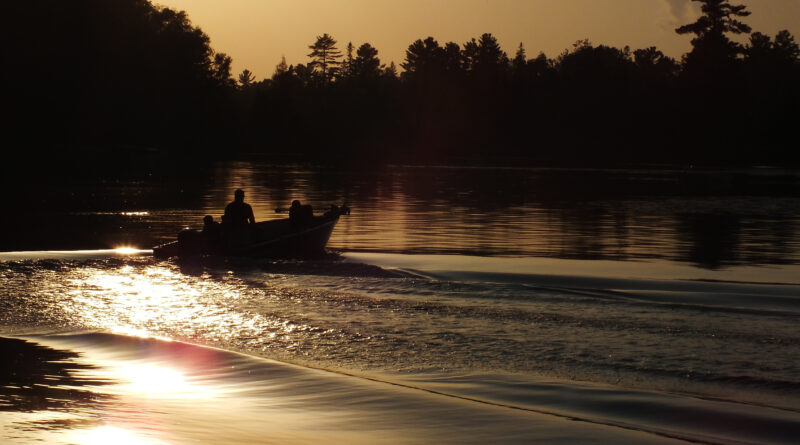History and Adventure on Pigeon Lake
Pigeon Lake is on the Trent Severn Waterway, right in the heart of Cottage Country, within the City of Kawartha Lakes and just west of the County of Peterborough. A large lake, covering 13,200 acres, Pigeon Lake is known for excellent bass, walleye and muskellunge fishing. Pigeon Lake is quite shallow with an average depth of 3 metres, with its deepest point reaching 15 metres.
Pigeon is a popular lake with a number of cottages and permanent residences, together with many resorts. Egan Marine uses Pigeon Lake as its base for the rental of houseboats, which provide exciting vacations on the Trent Severn Waterway. Before World War I large estate cottages were built in an area now known as Trent Lakes on Pigeon Lake. These include “Missisquoi” on Sandy Point, built in 1913 by businessman and politician Sir Edward Kemp. For modern-day cottagers the lake offers access to many day-trip destinations, excellent fishing and play. If an estate property is not in your budget there are many less costly alternatives for a place to call home on Pigeon Lake.
Emily Provincial Park is also located on Pigeon Lake. The park has great facilities and over 150 campsites, which makes it an ideal place for families who wish to vacation on the lake. The park offers natural heritage programs, two sandy beaches and easy access to beautiful Pigeon Lake.
Fed by the Pigeon River located near Omemee, Pigeon Lake is long and narrow, extending north from Omemee to Bobcaygeon where you will find Lock 32 on the Trent Severn Waterway. At Bobcaygeon, Pigeon Lake meets Sturgeon Lake to the west at the northern top of the chain of large lakes. These access points make it a great lake to spend the entire day exploring.
In the 1800s lumber was “king” in the Kawarthas, with large mills built in the 1820s and 1830s. In 1832, Thomas Need built the biggest lumber mill at Bobcaygeon on the Sturgeon Pigeon narrows. The mill proved to be very busy due to its strategic location. It continued to operate until the early 1900’s, long after other mills in the Kawartha Lakes had closed. Need turned the mill over to Mossom Boyd to manage it in the 1840’s as he continued on to other businesses. These men played a key role in development of the area, including steps taken towards building the famous Trent Severn Waterway.




